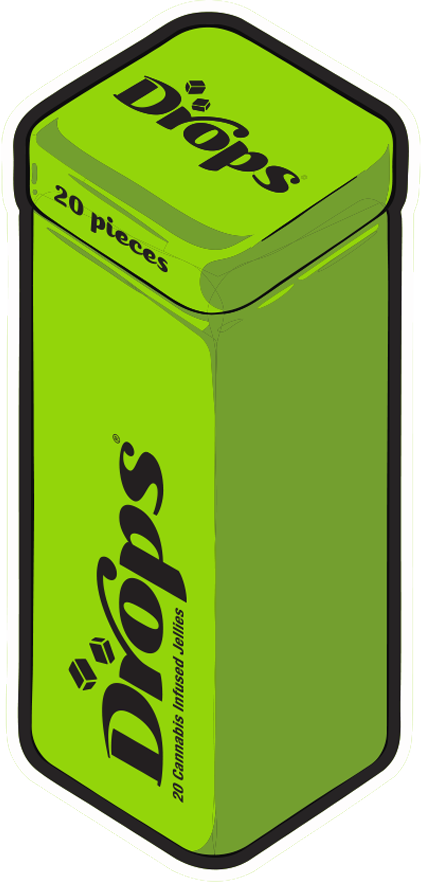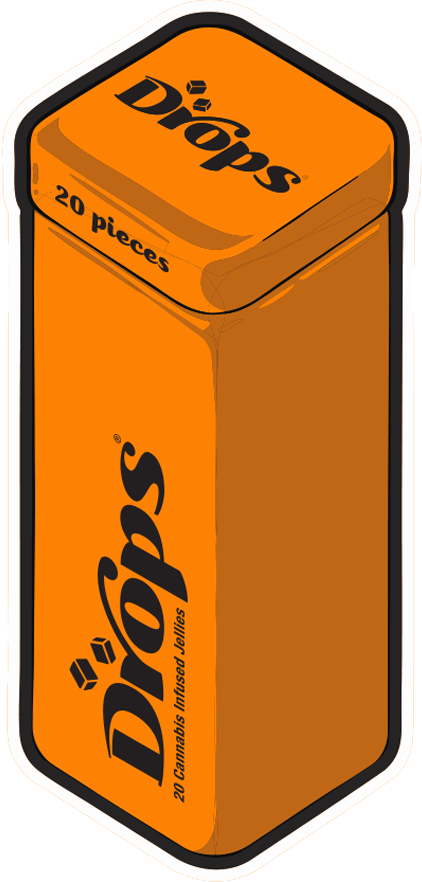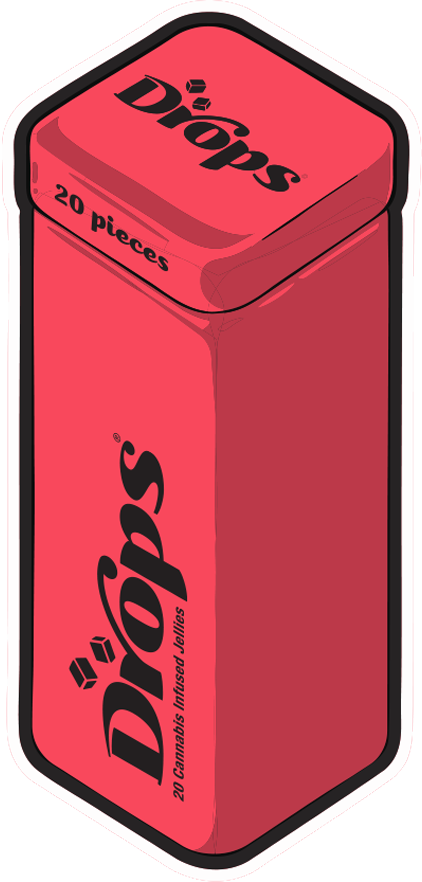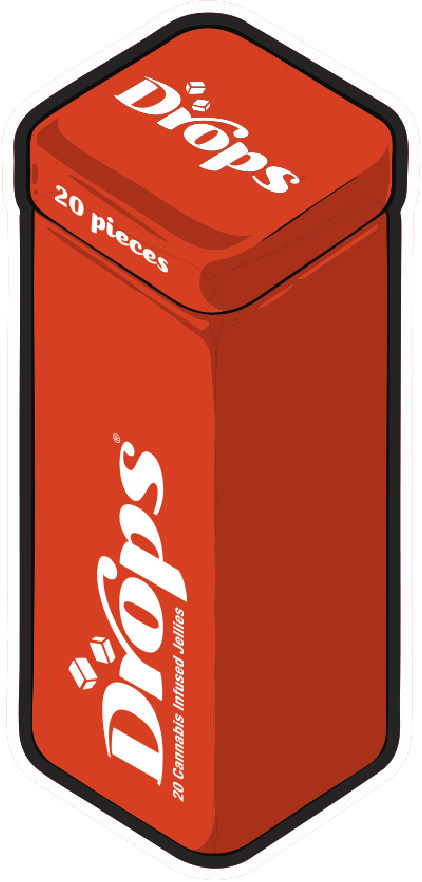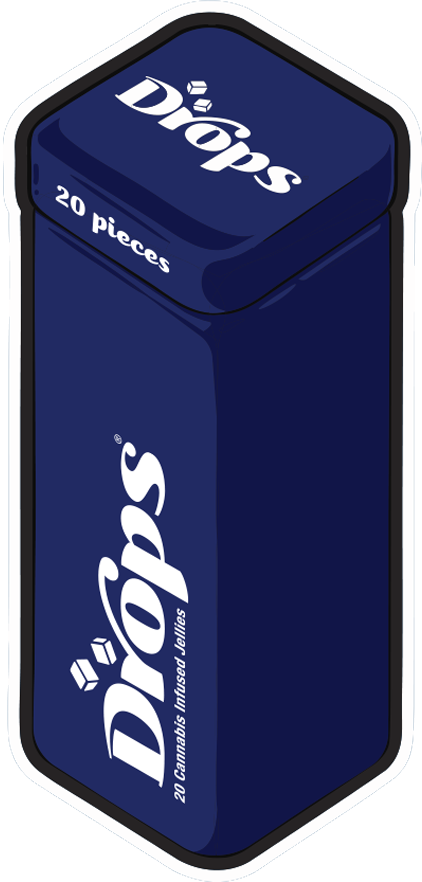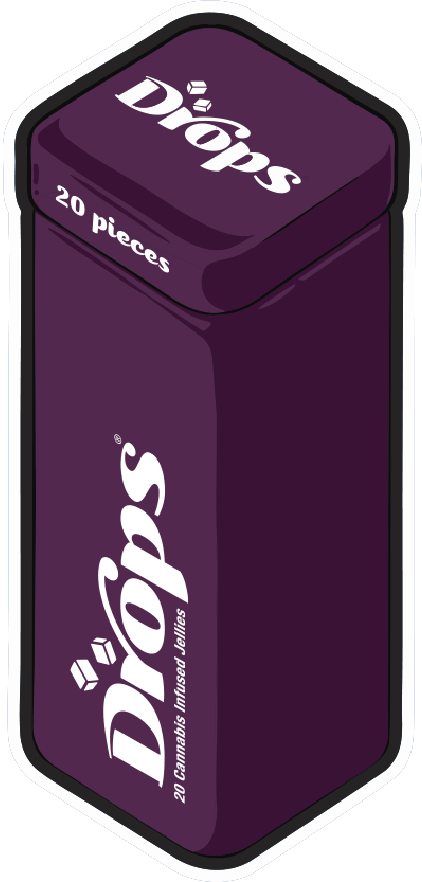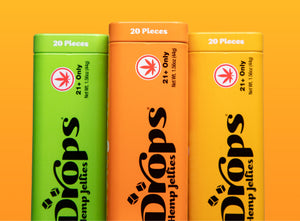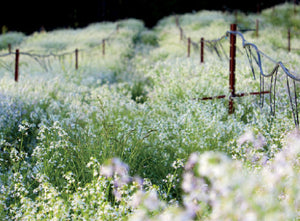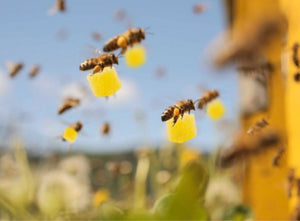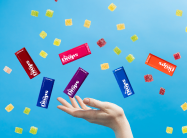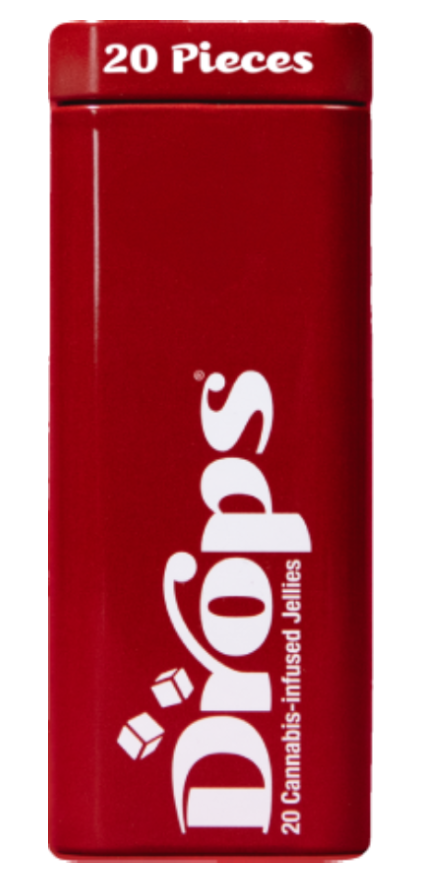
CBC: The Unsung Hero of Feel-Good Cannabis
Are You Ready for a Smarter High?
In the world of cannabinoids, some steal the spotlight—THC for its unmistakable high, CBD for its balancing effects, THCv for its purely energetic boost. But what about the supporting cast—the ones that don’t shout but still change everything?
Enter CBC (cannabichromene), one of the most underrated cannabinoids in cannabis. It doesn’t hit hard like THC. It doesn’t mellow you out like CBD. Instead, it works in the background, enhancing everything else—smoothing out edges, fine-tuning effects, and amplifying the best parts of the experience.
Think of it like the perfect lighting in a room—it doesn’t change the furniture, but suddenly, everything looks and feels better.
And that’s exactly why we’re excited about it.
What Makes CBC Special?
Born Alongside THC and CBD, But Rarely in the Spotlight
-
Unlike CBG and CBN, which show up at opposite ends of the plant’s lifecycle, CBC forms alongside THC and CBD—but it almost never gets the same attention.
-
It’s not usually dominant in any strain, but it’s always there in small amounts, fine-tuning the experience.
Plays Well With Others
-
CBC interacts with the entourage effect, meaning it doesn’t just have effects of its own—it amplifies other cannabinoids and terpenes.
-
In our experience, CBC helps make THC feel smoother and CBD feel deeper, creating an overall more enjoyable high.
-
Some of our internal studies showed that this clarifying effect can also help with focus and creativity.
The Mood-Booster You Didn’t Know You Needed
-
Early research suggests CBC interacts with serotonin receptors in the brain, similar to how some antidepressants work.
-
It’s often described as elevating mood without sedation—the kind of cannabinoid that makes a good day just a little bit better.
The Science (So Far)
Like many minor cannabinoids, CBC hasn’t been studied nearly as much as THC or CBD, mostly because it appears in small amounts in cannabis and hasn’t been a research priority—until now.
What we do know:
-
CBC doesn’t bind to CB1 receptors like THC, meaning it won’t get you high on its own. Instead, it binds to TRPV1 and 5-HT1A receptors—both linked to mood, pain perception, and stress response.
-
Research suggests CBC could play a role in neurogenesis (brain cell growth) and long-term stress regulation.
-
It has anti-inflammatory properties that work differently from CBD, meaning it may complement it rather than replace it.
But here’s the thing: most of what we know about how CBC really feels comes from real-world experience—from people who notice that their highs feel smoother, their relaxation feels deeper, and their mood feels just a little more lifted when CBC is in the mix.
Why We’re Excited About CBC
At Drops, we love cannabinoids that push effects beyond what a strain could do on its own—and that’s exactly where CBC shines.
It’s the supporting act that turns a good edible into a great one—not overpowering, not dominant, just working behind the scenes to fine-tune the ride.
By isolating and collecting CBC in higher amounts, we’re able to create products that feel more immersive, more refined, and more dialed-in than anything a single strain alone could achieve.
It’s not about changing the experience—it’s about elevating it.
Legal Disclaimer: This guide is for informational purposes only. Consume cannabis products responsibly and in accordance with local laws. Must be 21+ to purchase and consume cannabis products.
